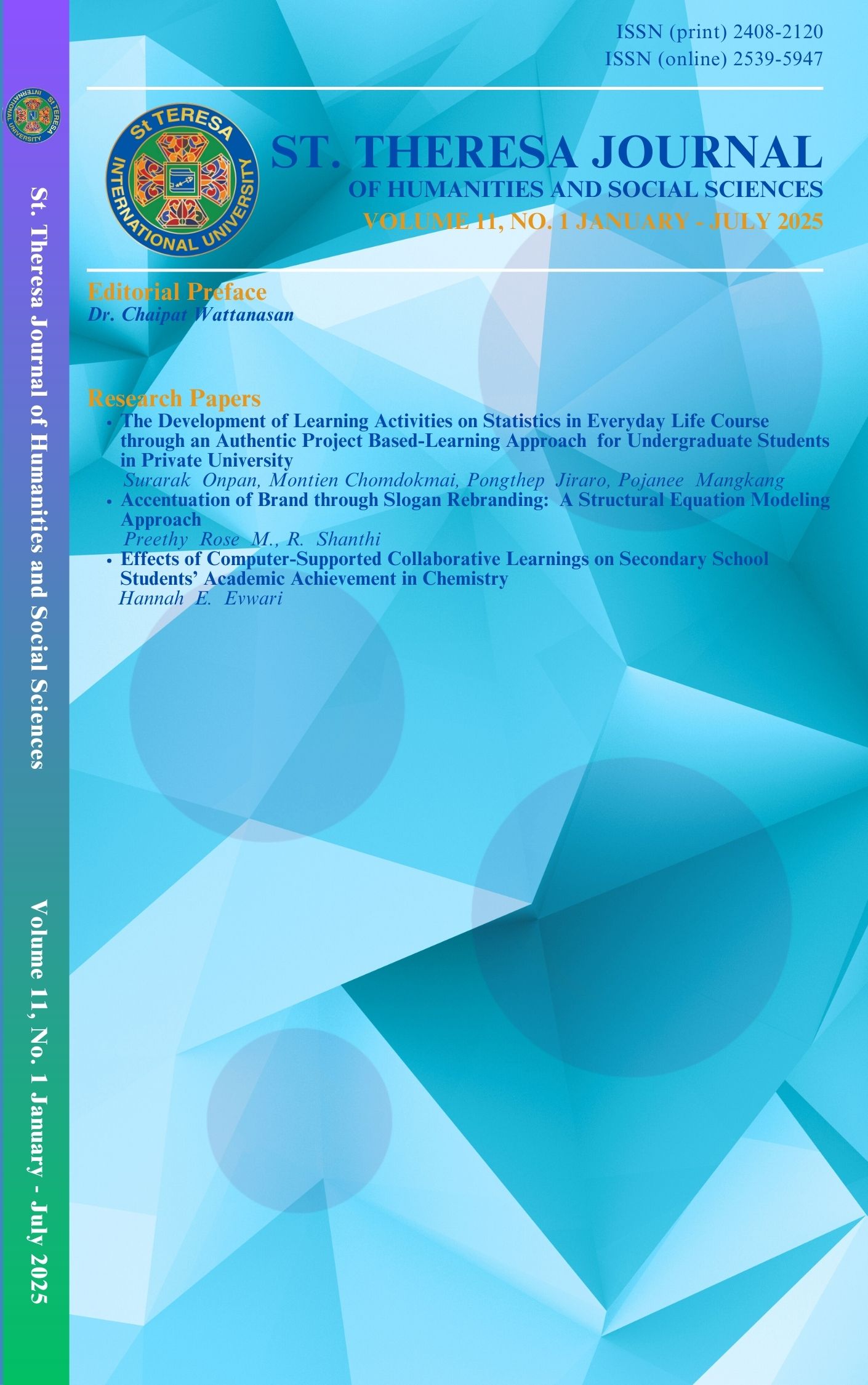Prospects of Islamic Finance in Thailand
Keywords:
Thailand, Responsible finance, Takaful, Sukuk, Islamic FinanceAbstract
As demand in Shariah-compliant financial services grows both domestically and internationally, Islamic finance in Thailand is expected to experience significant expansion. This study aims to examine the status, future, and challenges of Islamic finance in Thailand. Domestically, the demand for Islamic banking and financial goods is being driven by the growing knowledge among Muslims in Thailand, especially in the southern districts. Market accessibility is further improved by government assistance through regulatory frameworks and programs like the Islamic Bank of Thailand. The study showed that three financial sectors—Islamic banking, Islamic insurance, and the capital market—represent Islamic finance in Thailand. Thailand is positioned as a possible center for cross-border Islamic financial services due to its advantageous ASEAN location and strong relations with neighboring countries with a majority of Muslims, namely Malaysia and Indonesia. Thus, Thailand might take advantage of the opportunity to become a regional and international hub for Islamic finance. The chances for foreign investment are also improving, as more Middle Eastern investors show interest in Southeast Asian opportunities that are Shariah-compliant. Furthermore, as Islamic finance inherently prioritizes social justice, transparency, and ethical considerations—principles that both Muslim and non-Muslim investors are increasingly seeking—responsible investing and ESG-aligned finance present encouraging opportunities. Thailand can establish itself as a competitive participant in the global Islamic finance ecosystem and promote financial inclusion and sustainable economic growth by leveraging these convergent trends.
References
Ahmed, H., Mohieldin, M., Verbeek, J., & Aboulmagd, F. (2015). On the sustainable development goals and the role of Islamic finance. World Bank policy research working paper, (7266). Available at: https:// openknowledge.worldbank.org/handle/10986/22000.
Amanah Leasing. (2019-2023). Annual Reports 2018-2002. Bangkok: Amanah Leasing.
Bank of Agriculture and Agricultural Cooperatives. (2019-2023). Annual Report 2018-2022. Bangkok: Bank of Agriculture and Agricultural Cooperatives.
Bank of Thailand. (2022). Thailand Islamic Finance Development Roadmap. Retrieved from www.bot.or.th
Chantanusornsiri, W. (2024, Mar 2). IBank finally flourishes. Bangkok Post. https://www.bangkokpost.com/business/general/2751588/ibank-finally-flourishes.
Climate Bond Initiative (CBI) (2018) Bonds and Climate Change: State of the Market 2018. Available at: https://www.climatebonds.net/resources/reports/green-bonds-state-market-2018.
FTSE Russell. (2023). FTSE Russell Factsheet. London: FTSE Russell.
Hama, Z., Waehama, M. R., & Assalihee, M. A. (2024). The Growth and Challenges of Islamic Finance in Thailand. International Journal of Islamic Thought, 25, 177-193.
ICD-LSEG (2024). Islamic finance development report 2024. From niche to norm. https://www.zawya.com/en/economy/islamic-reports/islamic-finance-development-report-2024-from-niche-to-norm-pwqeoqow
Iqbal, Z., & Mirakhor, A. (2011). An introduction to Islamic finance: Theory and practice (Vol. 687). John Wiley & Sons.
Islamic Bank Asset Management. (2019-2023). Annual Reports 2018-2022. Bangkok: Islamic Bank Asset Management.
Islamic Bank of Thailand. (2023). Annual Report 2022. Bangkok: IBANK.
Islamic Finance News. (2023). Trends in Southeast Asian Islamic finance: A look at Thailand’s potential. Retrieved from www.islamicfinancenews.com
Islamic Financial Services Board. (2023). Islamic Financial Services Industry Stability Report 2023. Kuala Lumpur: Islamic Financial Services Board.
Liu, F. H., & Lai, K. P. (2021). Ecologies of green finance: Green sukuk and development of green Islamic finance in Malaysia. Environment and Planning A: Economy and Space, 53(8), 1896-1914.
Mehmood, K., Oganisjana, K., & Lace, N. (2023). Challenges Facing Islamic Banking: The Case of Asian Region. In Proceedings of World Multi-Conference on Systemics, Cybernetics and Informatics, WMSCI (Vol. 27, pp. 391-398).
Mirakhor, A., & Zaidi, I. (2007). Profit-and-loss sharing contracts in Islamic finance. In Handbook of Islamic banking. Edward Elgar Publishing.
Nor, M. Z., Mohamad, A. M., & Yaacob, H. (2016). The development of Islamic finance in Malaysia. Islamic banking and finance: Principles, instruments & operations, 601-617.
Obaidullah M (2017). Managing climate change: The role of Islamic finance. IRTI Policy Paper, (2017-01).
Research and Markets (2024). Islamic Finance Market Report 2024 (ID. 6035602). https://www.researchandmarkets.com/report/islamic-finance-market#src-pos-1
S&P Global. (2023). The future of Takaful: Growth prospects in the global insurance market. Retrieved from www.spglobal.com
SCB. (2022). Islamic banking: A comprehensive service offering. Retrieved from www.scb.co.th
Securities and Exchange Commission. (2023). Islamic finance market growth in Thailand. Retrieved from www.sec.or.th
Securities Commission Malaysia (SCM) (2014) SC Introduces Sustainable and Responsible Investment Sukuk Framework. Available at: https://www.sc.com.my/news/media-releases-and-announcements/sc-introducessustainable-and-responsible-investment-sukuk-framework
Thomson Reuters. (2023). Global Islamic finance report. Retrieved from www.thomsonreuters.com






